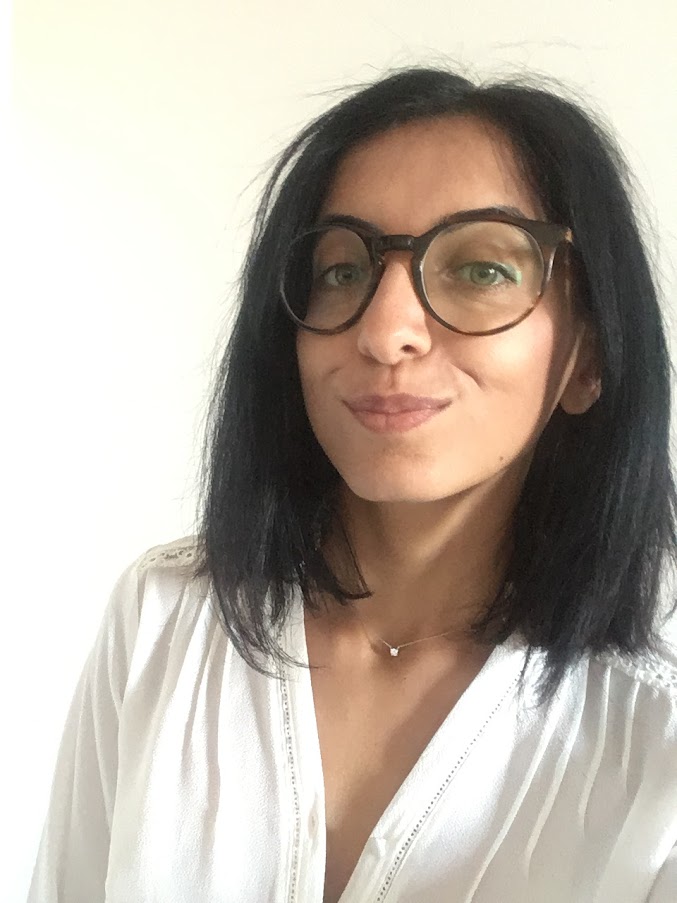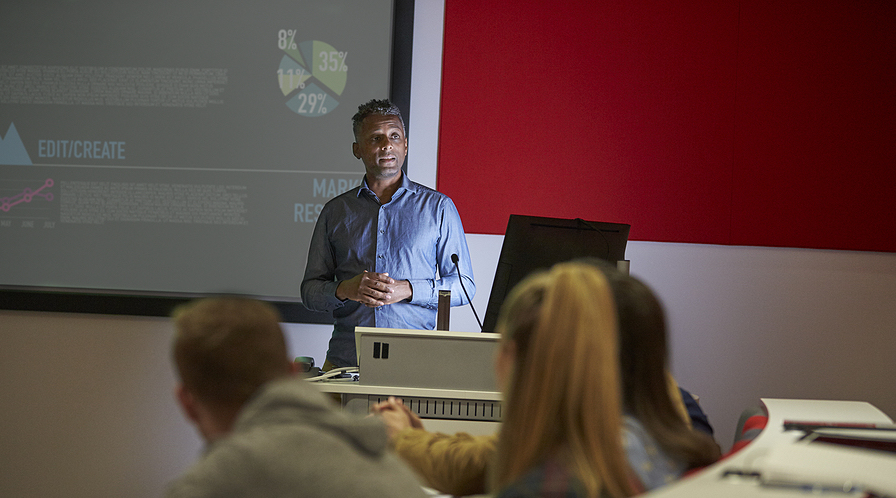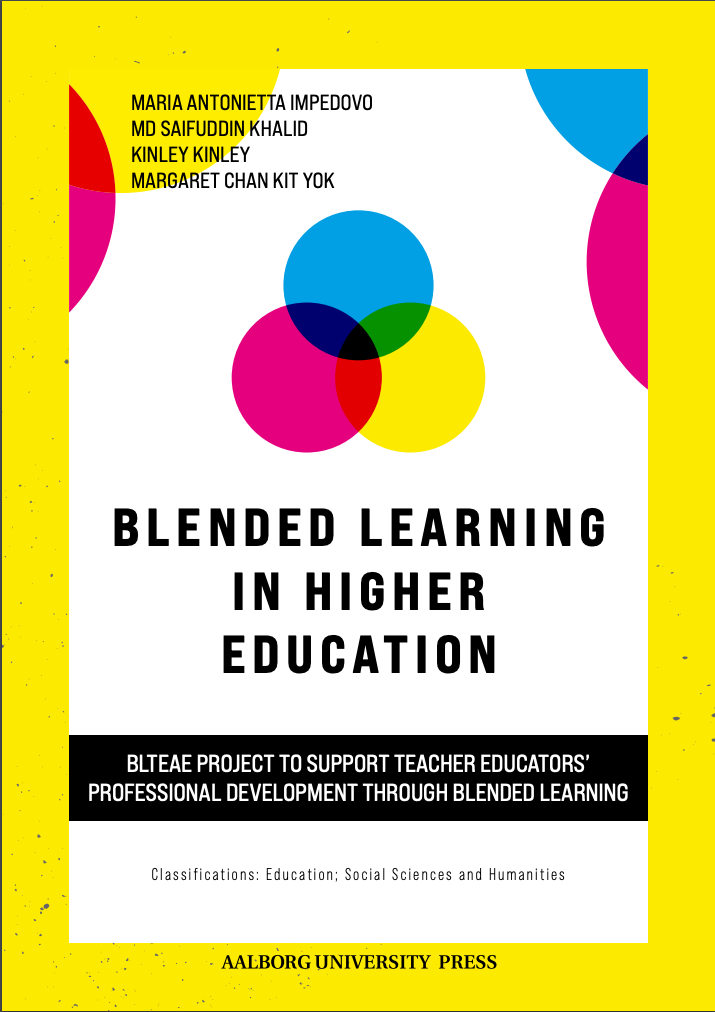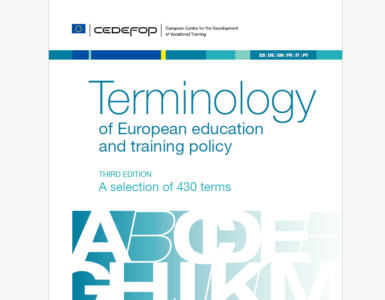By Maria Impedovo, Aix-Marseille University, France.
We are the four editors of the book “Blended Learning in Higher Education”, published with Aalborg University Press. The book was built on the perspectives of scholars from Europe and Asia regarding the design and application of blended learning in various educational contexts before the Covid-19.
The growth of blended learning is generally paced with digital tools and has long been acknowledged, both in developed and developing countries, but “how to blend” is still a current issue in learning design.
The book is the principal scientific output of the ERASMUS+ project titled “Blended Learning for Teacher Educators in Europe and Asia” (BLTeae). The purpose of the BLTeae project was to support teacher educators’ professional development through blended learning based on innovative constructivist theories. The collaborative learning community made up of teacher educators in four European countries (France, Belgium, Denmark, & Estonia) and four Asian countries (Bangladesh, Bhutan, Malaysia, & Pakistan) developed the online Blended Learning courseware with 18 modular courses on pedagogical and information and communication technology (ICT) offered on the Moodle platform. For the dissemination of research and development outcomes, the First International Conference on Education in the Digital Ecosystem was held in September 2019, sharing best practices about teacher educators’ practices and experiencing and implementing innovative teaching practices and documented in a proceeding.
We have learned from the COVID-19 pandemic that there is an increased need for blended learning, particularly in higher education. The chapters in the book covered issues like designing for learning in a blended learning environment, dealing with teacher training, competencies and needs, and student engagement when digital learning technologies are introduced. It analyses enablers, barriers to engagement, outcomes, implications and recommendations to benefit from blended learning in different contexts and associated concepts and models. As a specific feature, it provides insight into international teaching practice by describing the experiences and reflections of academics worldwide, mainly in European and Asian countries. The research presented the case of global south countries that suffer even more since they are disproportionately affected when it comes to the availability of resources and the competencies teachers and students need to integrate e-learning approaches into classroom teaching successfully.
Specifically, the book is organised into 11 chapters containing examples of the adoption of blended learning in various forms: Chapter 1– Blended Learning at Universities of Bangladesh: Initiatives and Challenges during COVID-19 Lockdown; Chapter 2 – Blended Learning Models for Teacher Education and Training Programs of Bangladesh Open University; Chapter 3 – The Ergonomic Evaluation of Computer Use and Related Health Problems in RUB; Chapter 4 – Satisfaction of Teachers and Students with Blended Learning; Chapter 5 – Impact of Blended Learning on Teacher Education for Tutors at Bangladesh Open University; Chapter 6– A User-centred Approach to Redesigning Teaching and Learning with ICT in Samtse College of Education, Bhutan; Chapter 7 – University Teachers’ Competence in Domains of Technological, Pedagogical and Content Knowledge; Chapter 8– New forms of Teacher and Teacher Educators Professional Development: From Blended Learning to Social Networks; Chapter 9– 21st Century Learning Platforms: social media for teaching and learning; Chapter 10- Digital Learning Technology Blend in Assessment Activities of Higher Education; Chapter 11– Technological, Pedagogical and Subject Content Knowledge Profile of Final Year Pre-Service Teachers at Paro College of Education.
The book is an excellent resource for policymakers and researchers alike and everyone who needs knowledge and inspiration on the topic of blended learning as a teaching and learning approach in higher education. The book was edited by Impedovo, Khalid, Kindly, Margaret Chan

Author
Maria Impedovo, Associate Professor, Aix-Marseille University (INSPE and ADEF research Laboratory), France.















